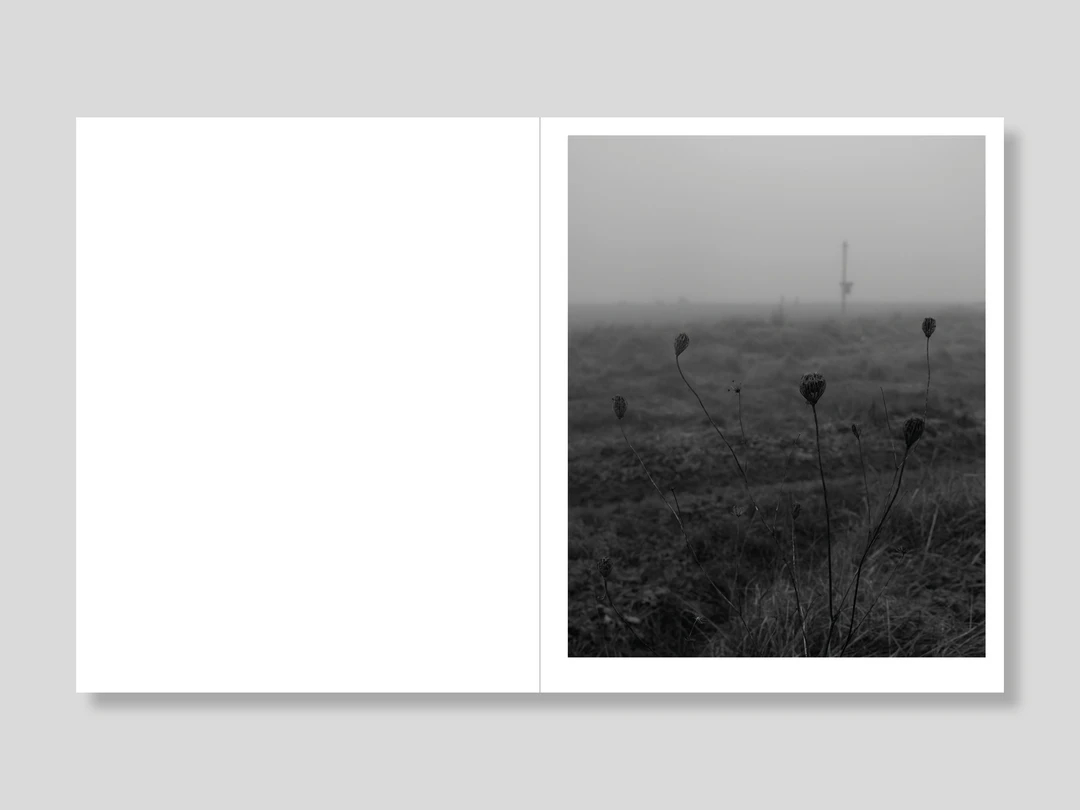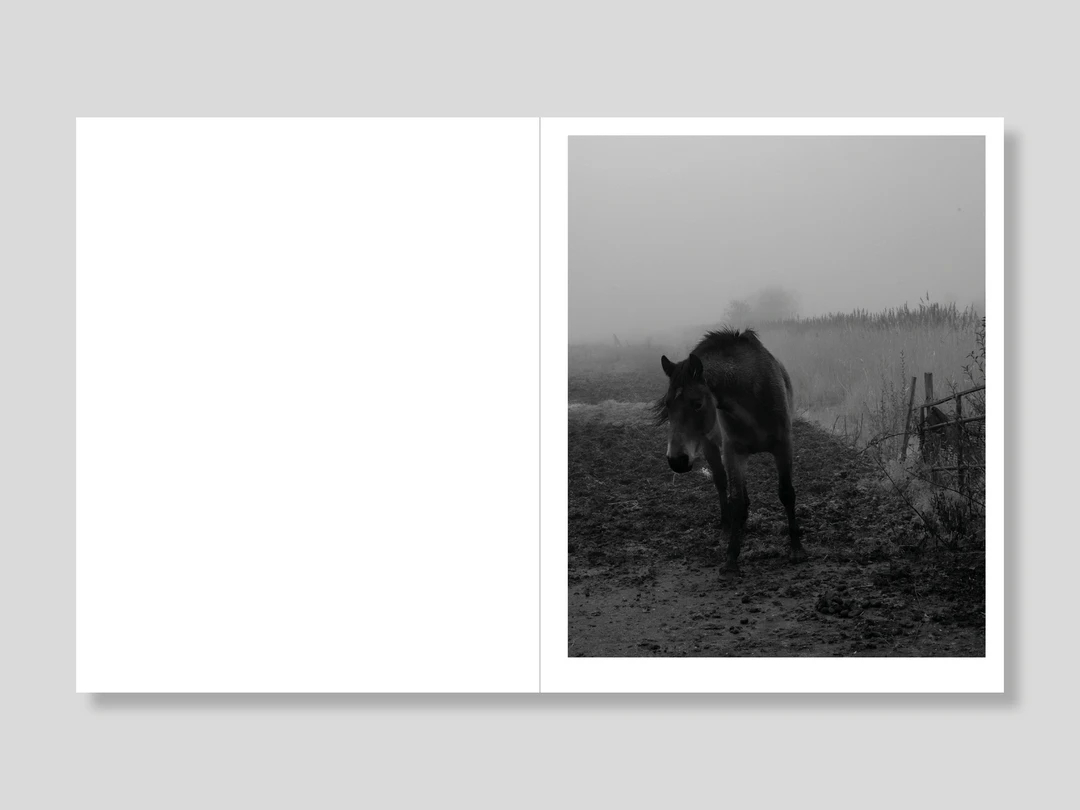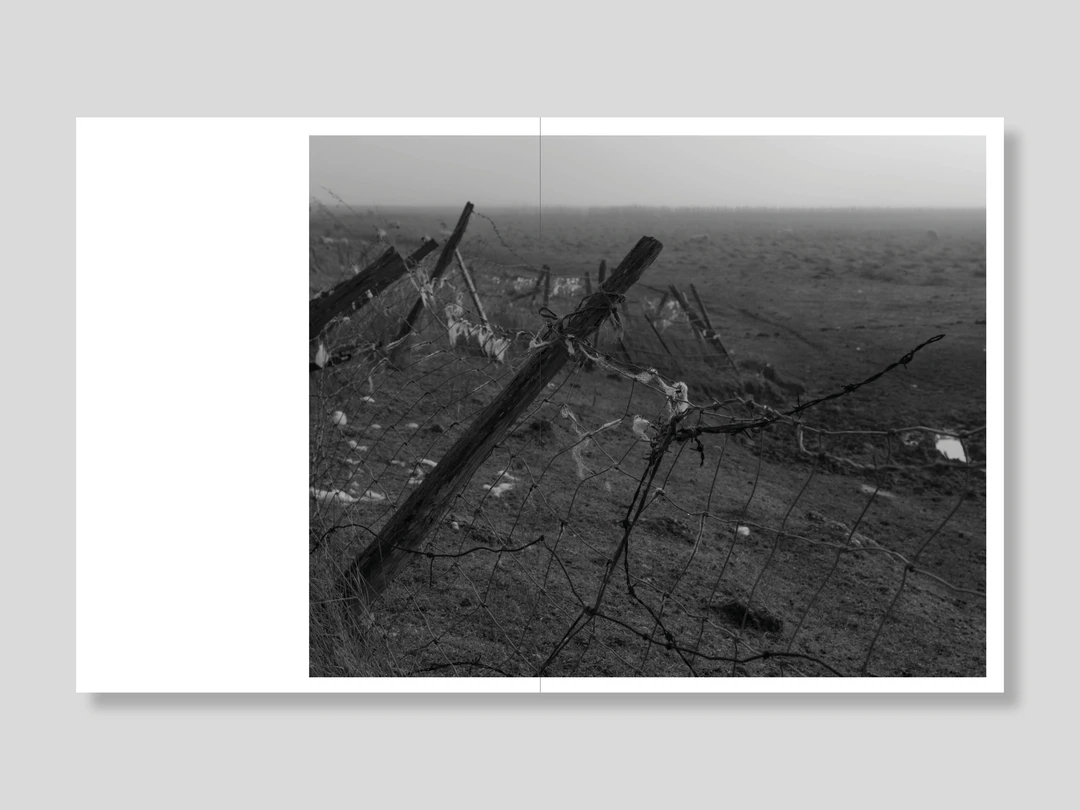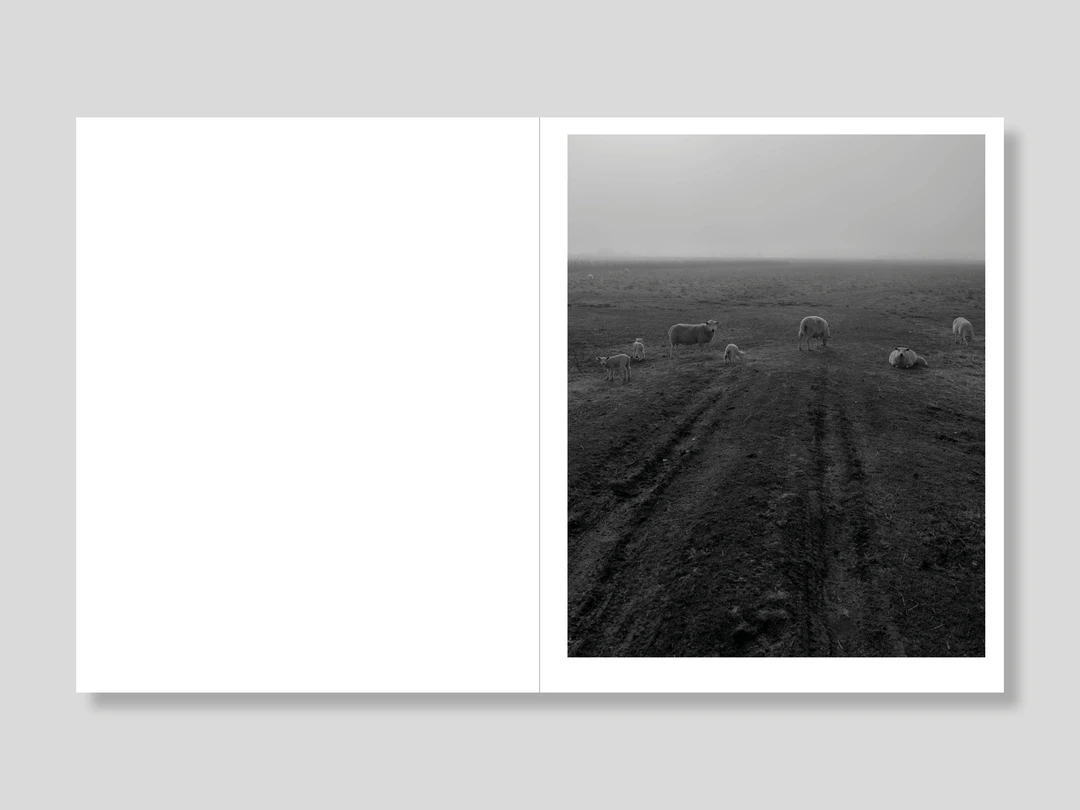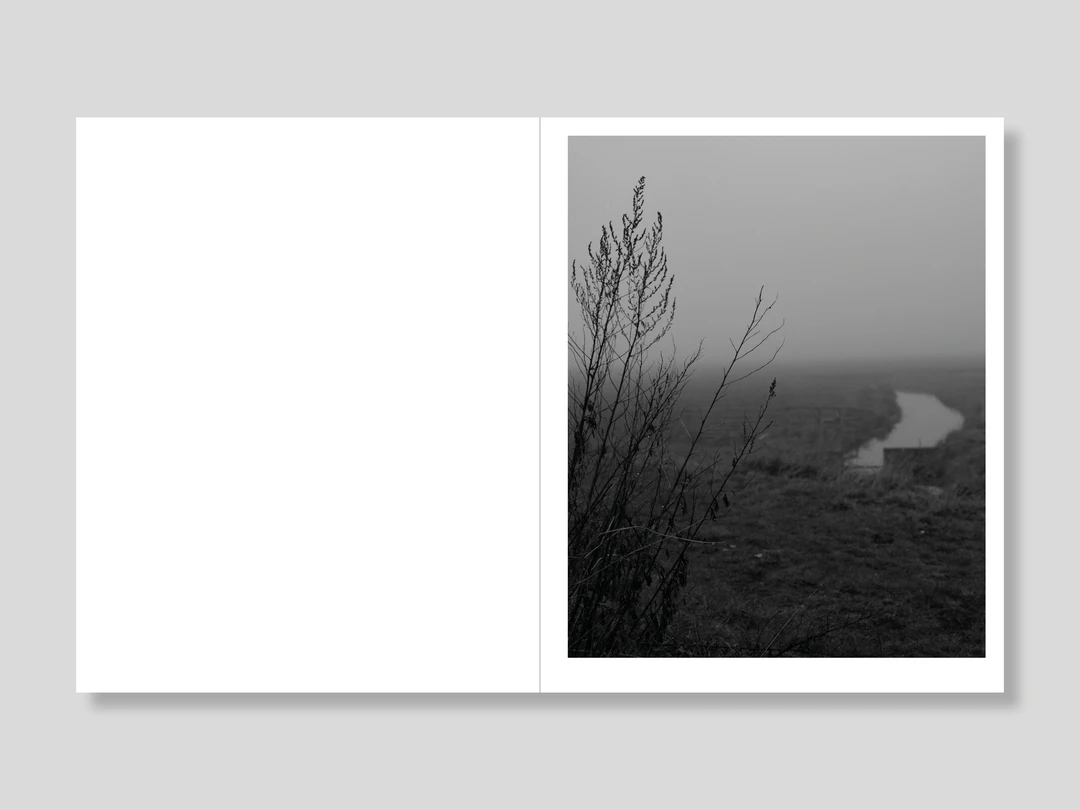Exemplaire Signé.
Situés sur l’estuaire de la Tamise dans le sud-est de l’Angleterre, les marais du nord du Kent sont une bande de terre négligée mais vitale. Pendant des siècles, le commerce a afflué à travers l’estuaire et la nature sauvage environnante abrite une riche histoire. Au XVIIIe siècle, des épidémies de peste ont ravagé l’Europe et les navires ont été mis en quarantaine dans la Medway voisine. Le terrain bas offrait les conditions idéales pour les contrebandiers, car les petits navires ciblaient les navires transportant des marchandises vers la capitale, prétendument en train de faufiler la contrebande dans les réseaux de tunnels souterrains une fois à terre. C’est dans ce contexte illicite que Charles Dickens situe les premières parties de Great Expectations (1861), où le forçat évadé Magwitch se réfugie dans les marais.
Depuis 2011, Martin Amis photographie dans le même marais près de chez lui, trouvant du réconfort dans le paysage en marchant. Cette terre est le résultat de nombreuses promenades au cours de la dernière décennie – en grande partie au cours de la période allant de mars 2020, coïncidant avec le premier verrouillage du coronavirus au Royaume-Uni. Dépourvues de personnes, les images d’Amis invitent à une reconnexion avec la nature : une industrie abandonnée reconquise par la nature, des moutons au pâturage et des oiseaux solitaires dérivant dans un ciel monotone. Malgré une nuance de perte et d’absence, Amis dépeint une terre qui est continuellement façonnée par les éléments et les civilisations qui la traversent. Si nous écoutons attentivement, nous pourrions presque entendre les cris de la veille nocturne sur le golfe du temps et les carcasses de prison grinçantes qui ont autrefois inspiré Dickens ; photos en n.b.
“The sheep stopped in their eating and looked timidly at us;
and the cattle, their heads turned from the wind and sleet,
stared angrily as if they held us responsible for both annoyances;
but, except these things, and the shudder of the dying day in every blade of grass,
there was no break in the bleak stillness of the marshes.”
– Charles Dickens, Great Expectations
Situated on the Thames Estuary in southeast England, the North Kent Marshes are an overlooked but vital swathe of land. For centuries, trade has flowed in through the estuary and the surrounding wilderness harbours a rich history. In the 18th century, plague outbreaks ravaged Europe and ships were quarantined in the nearby Medway. The low-lying terrain provided the ideal conditions for smugglers, as small vessels would target ships transporting goods to the capital, allegedly sneaking the contraband down underground tunnel networks once ashore. It was against this illicit backdrop that Charles Dickens set the early parts of Great Expectations (1861), where the escaped convict Magwitch takes refuge in the marshes.
Since 2011, Martin Amis has been photographing in the same marshland near his home, finding solace in the landscape through walking. This Land is the result of many walks over the past decade – much in the period from March 2020, coinciding with the UK’s first coronavirus lockdown. Devoid of people, Amis’ images invite a reconnection with nature: derelict industry reclaimed by the wild, grazing sheep and lone birds drifting across a monotone sky. Despite an undertone of loss and absence, Amis portrays a land that is continually being shaped by the elements and the civilisations that pass through it. If we listen closely, we might almost hear the shouts of the night watch over the gulf of time and the creaking prison hulks that once inspired Dickens.
Martin Amis takes photos and makes books.
In 2006, he set up the specialist bookstore, Photobookstore.co.uk which he oversees on a day-to-day basis.
He is no relation to the British novelist of the same name.



